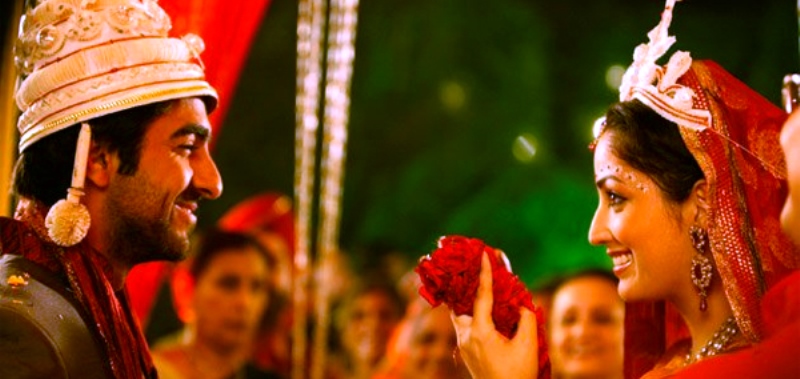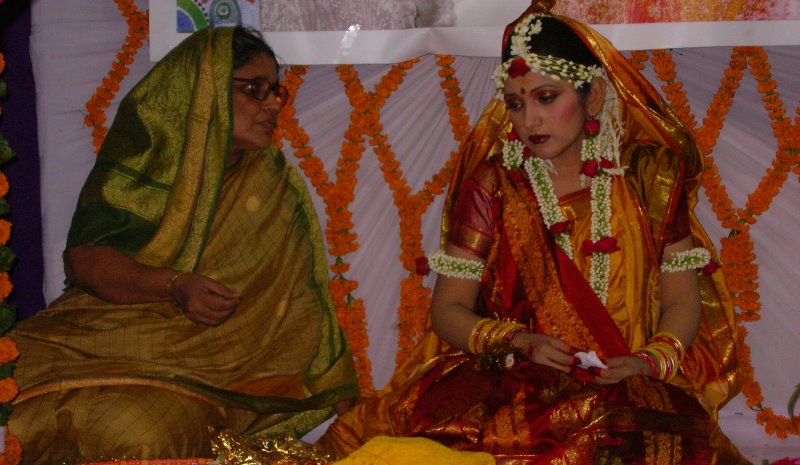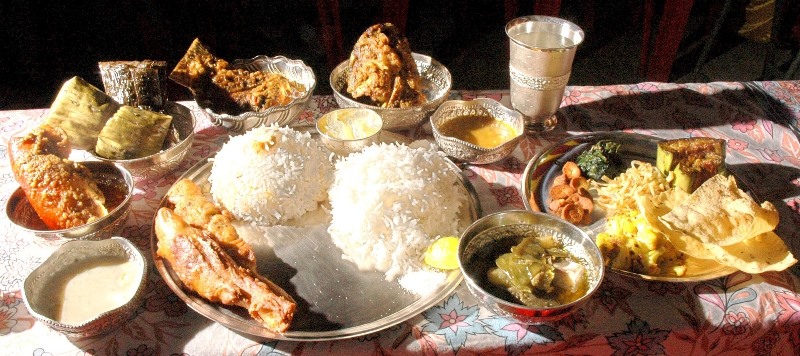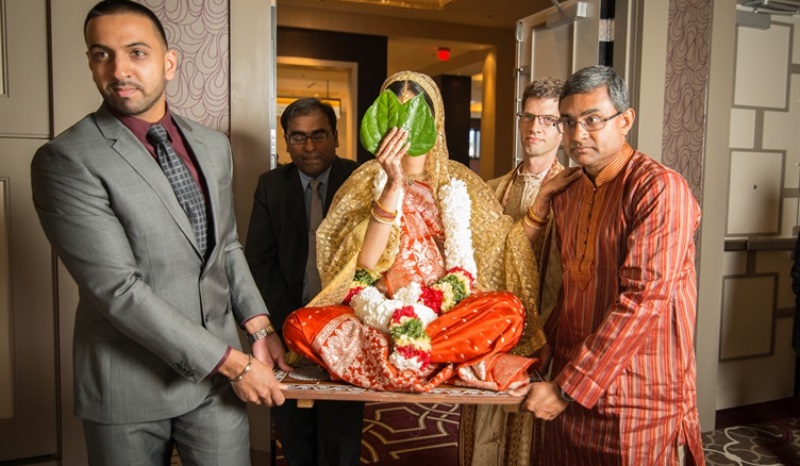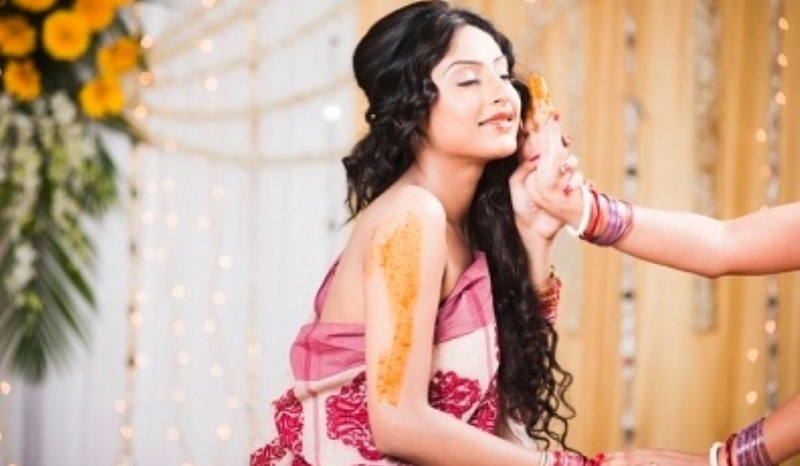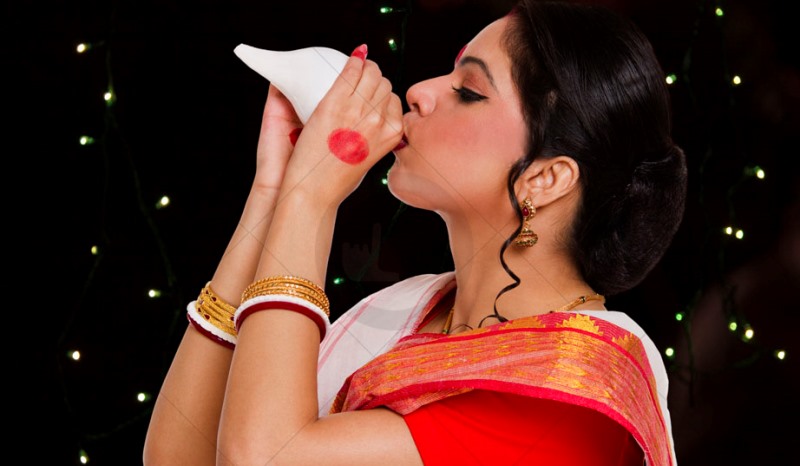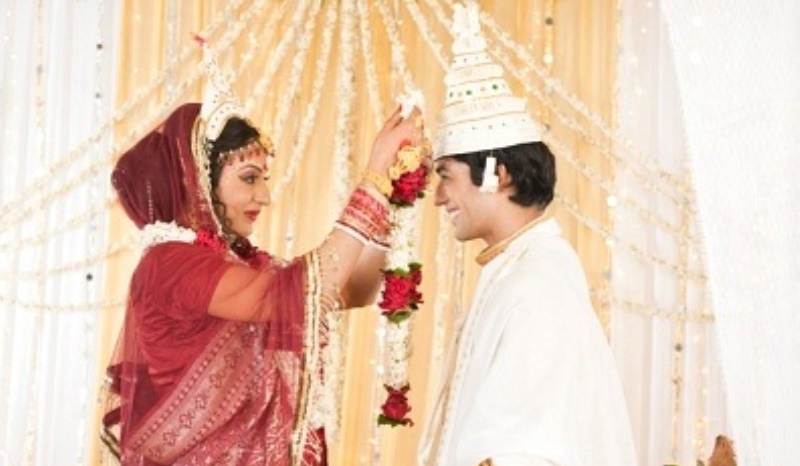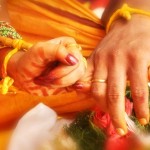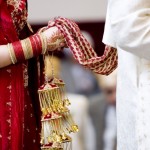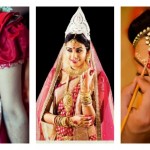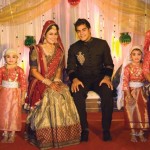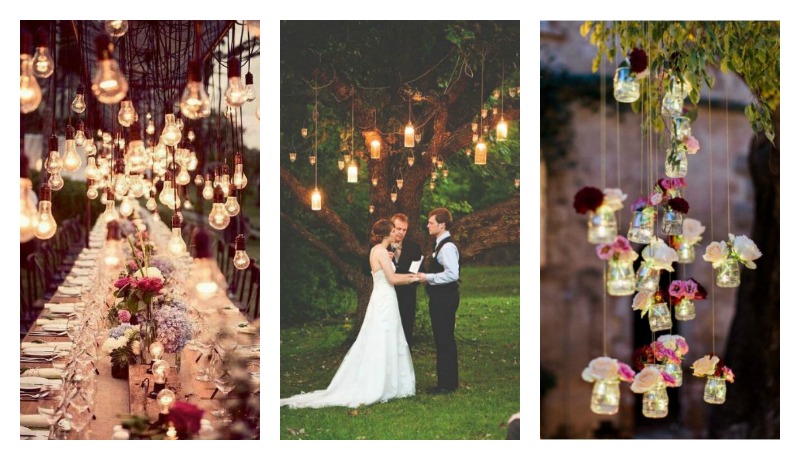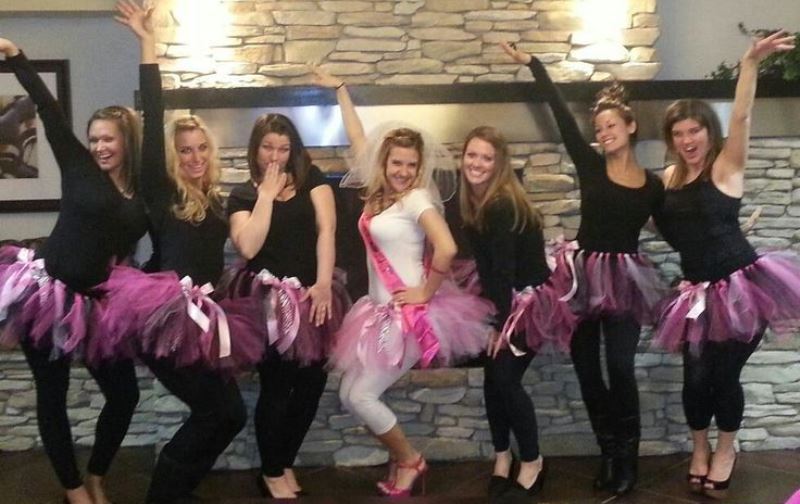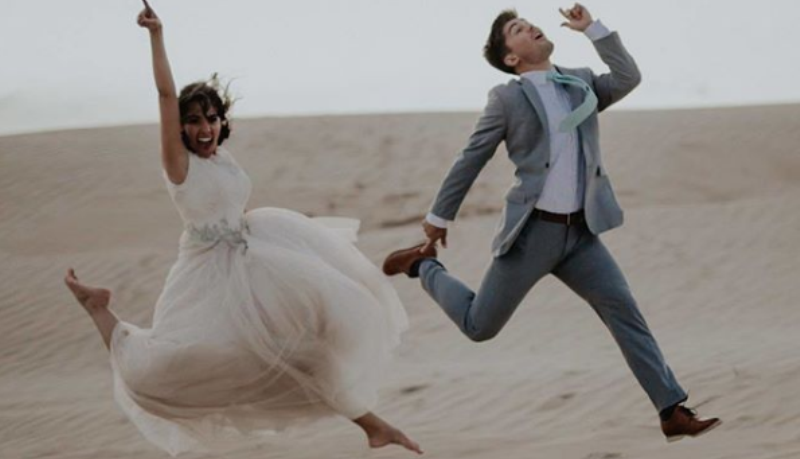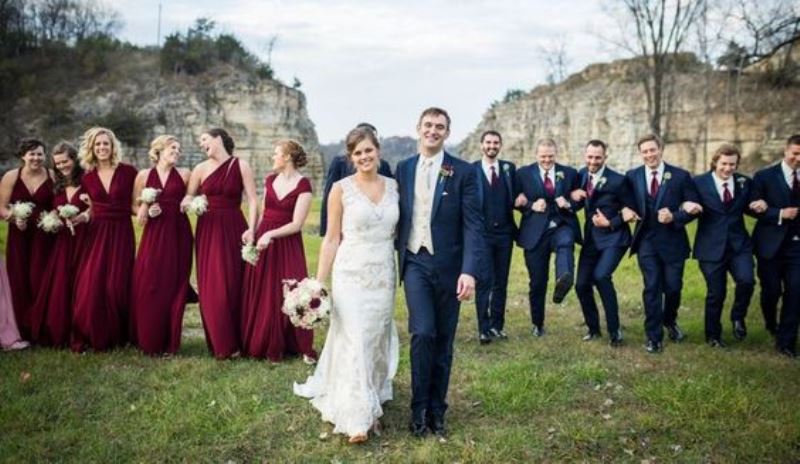Weddings are beautiful, colorful landscapes on culture’s canvas. Different cultures in India have different traditions and rituals for a wedding. Bengali wedding rituals are generally quite elaborate and involve the family members on both sides. Music and dance form a significant part of these weddings. A lot of emphasis is laid on hospitality and getting blessings from elders. A peculiar and very attractive feature of Bengali weddings is the blowing of conch shells and ululation by the women during most of the ceremonies.
Most of the weddings in India are an ensemble of pre-wedding rituals, wedding day ceremonies, and post-wedding ceremonies. A Bengali wedding is no different, for it is a gorgeous spread of ceremonies that brings together all the relatives and friends. Here is how it goes:
1. The Aashirbaad
Image source: Google, copyright-free image under Creative Commons License
This is the first ceremony of the wedding, and as suggested by the name: the bride and groom seek blessings of all the elders. Both the families visit each other with presents and sweets. It is also a way of officiating the relationship between the two families.
2. Aai Buddo Bhaat
This ritual signifies the last meal of the bride at her parent’s place as maiden. Since it is a very emotional occasion, the delicacies prepared are her favorites, and all her close family members and friends are invited to accompany her.
3. Piris
A day before the wedding or on the wedding day itself, the “piris” are brought to the bride’s home. Piris are small wooden seats on which the bride and the groom are seated on the wedding day. The bride’s friends and sisters paint and decorate the piris with conch shells.
4. Gaye Holud
Like in many other states in India, smearing of turmeric powder on the couple’s faces and arms is an essential wedding ritual. The turmeric is believed to better the complexion of the bride-to-be. The paste is made with turmeric powder and mustard oil. The turmeric paste is first applied to the groom. Then the groom’s family takes the same paste to the bride’s place along with gifts. The bride is seated in the middle and is surrounded by four plaintain trees kept in the four corners of the room. Married women of the house apply the turmeric mixture to the bride.
5. Dodhi Mongol
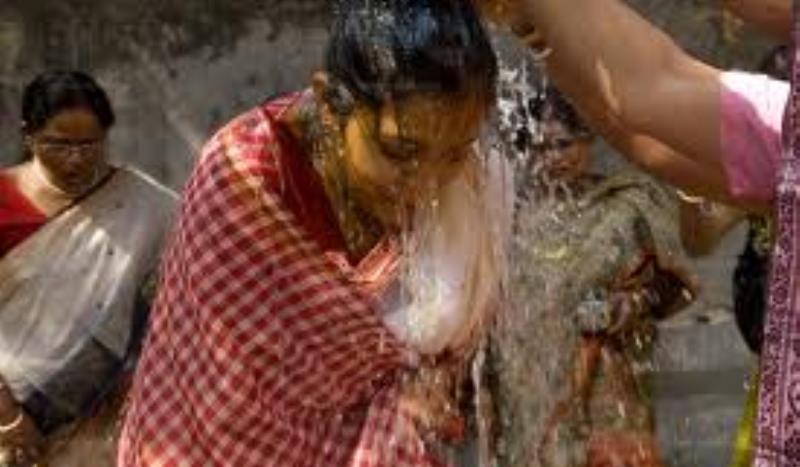
Dodhi mongol, the ritual where the bride and groom bring home waters of River Ganga to infuse in their baths
Image source: Google, copyright-free image under Creative Commons License
At sunrise on the day of the wedding, ten married women from the bride’s family take the bride and ten married women from the groom’s family take the groom to a nearby pond to invite Goddess Ganga to the wedding. They bring back a pitcher of water, which is used for the bath by the couple. Both the bride and the groom are to wear the new clothes, which are gifted by their respective in-laws. After the ceremonial shower, the bride is made to wear red and white glass bangles.
6. The wedding ceremony
The wedding begins with the groom and his family starting their journey to the bride’s place for the wedding ceremony. This is called the bor jatri. All the family members, relatives and friends of the groom are graciously welcomed by the bride’s family amidst a special aarti, blowing of conch shells, and ululation, which is called Bor Boron. The groom’s maternal uncles and brothers carry him on their shoulders to the mandap, where the priest begins the ceremony with Pooja. The bride is carried on a piri by her brothers, who has her face covered with two betel leaves.
7. Shubho Drishti
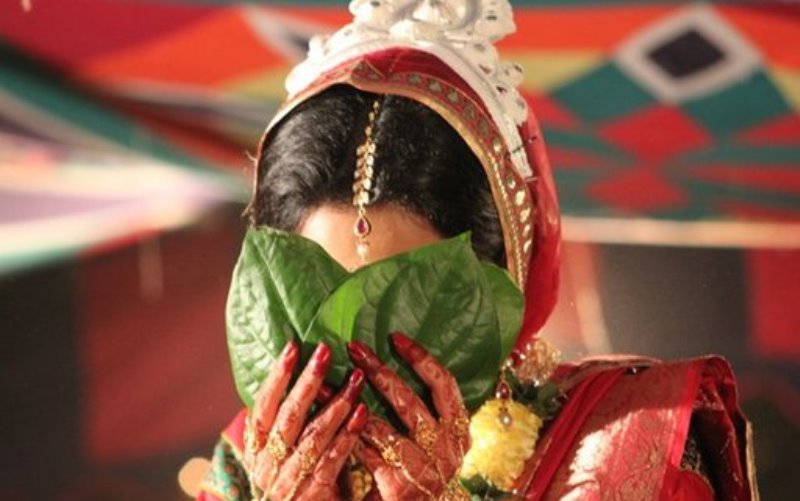
Shubho drishti, the ritual where the bride and groom see each other for the first time at the wedding ceremony
Shubho Drishti is the moment when the bride and the groom see each other for the first time during the wedding ceremony. This is followed by Mala Bodol – the exchanging of garlands, three times. Now, with the bride and the groom seated before the holy fire, first the bride’s father gives his daughter’s hand to the groom. The couple’s hands are bound in a sacred thread. The priest then recites the mantras, which are repeated by the couple.
The couple then walks around the holy fire seven times – each circle is an embodiment of a promise between the couple. The ceremony ends with the Sindurdaan ritual, where the groom applies sindhoor on the bride’s hair partition, declaring her to be his wedded wife.
How interesting are these Bengali wedding rituals and traditions! Wait till you actually witness a wedding with your own two eyes. It will leave you amazed.
